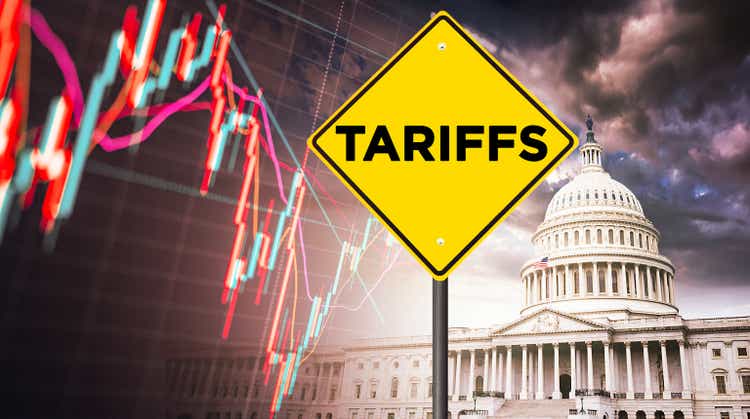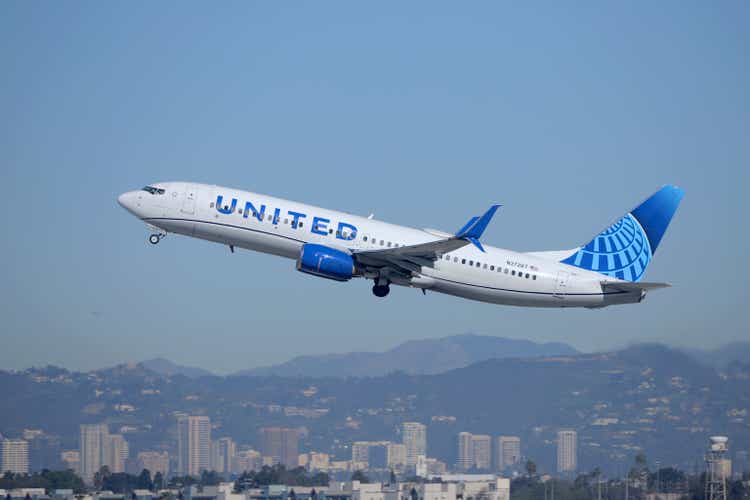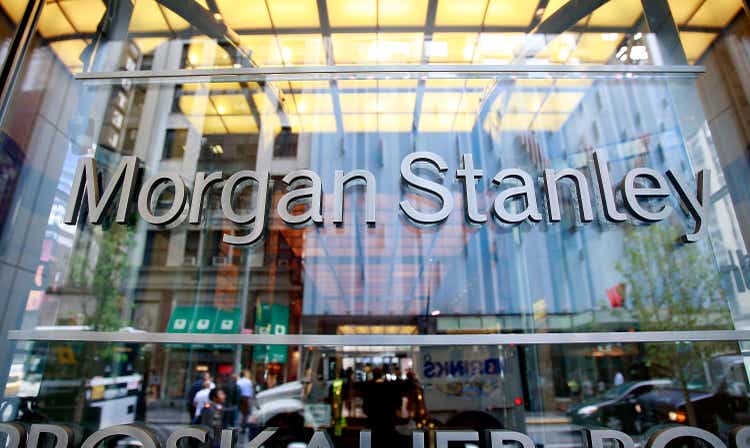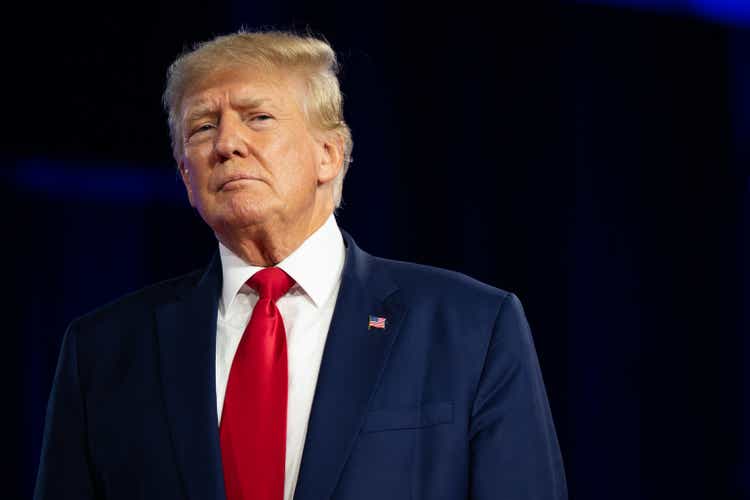- ANALYSIS: Despite President Trump’s repeated pressure on Jerome Powell and the U.S. Federal Reserve to cut interest rates, ongoing tariff uncertainty may make the Fed reluctant to act, with officials citing unknown impacts of ever-changing trade policy as a reason for holding rates steady. That said, Goldman Sachs is warming to the notion that the FOMC may start cutting from September and continue to normalize through 2026, leading to a boost in the S&P 500.
Despite the president’s pressure on Jerome Powell and the Fed to cut the base rate, it seems Donald Trump himself may prove to be the biggest obstacle in the way of such a move.
Since winning the Oval Office President Trump has pushed Powell and the Federal Open Market Committee (FOMC) to cut the interest rate time and again, down from its current level of 4.25 to 4.5%.
Despite the ire of the president, Powell has thus far refused to do so. Indeed, analysts suspect this will continue to be the case in the face of continued uncertainty about the fundamentals of America’s economy.
Tariff uncertainty has been cited by the FOMC as a deterrent from cutting. The reasoning of the FOMC is that the inflationary impact of the economic sanctions is not yet known. Keeping inflation under control is one of the Fed’s mandates.
As such, voting members may have decided they want to see how consumers and businesses react to tariffs fully coming into play before lowering the base rate, as a lower rate could lead to increased economic activity—potentially pushing prices even higher.
In the past week Trump has done little to solidify America’s position on tariffs. After closing in on the end of the 90-day pause announced after ‘Liberation Day’ in April, the president again pushed the deadline for deals back to August 1.
The proposed levels of tariffs are also shifting seemingly day by day for the nations which haven’t yet penciled a deal with the U.S. The European Union will face a hike of 50%, for example, if it doesn’t agree to a deal which is considerably above of the 20% threatened only months ago.
Overnight President Trump shared a series of letters sent to foreign governments setting out the sanctions they will face for not agreeing to a deal. Japan and South Korea now face a 25% hike on all goods, according to a post on Truth Social by the president, while Laos and Myanmar will face 40% duties.
American investors seemingly weren’t thrilled with the updates from the Oval Office. The S&P 500 was down 0.8% yesterday, the Nasdaq down 0.9% and the Dow Jones down 0.9%. S&P futures contracts were flat this morning, premarket.
Despite being hit hard by Trump’s trade rebalancing efforts Asia stayed relatively flat in trading this morning. The Nifty 50 and Nikkei 225 have charted a meagre boost while Hong Kong’s Hang Sing Index was up by more than a point.
Europe, perhaps now numb to the threats from across the Atlantic, also stayed relatively calm with London’s FTSE and Germany’s DAX marking minor gains.
UBS analyst Paul Donovan suggested, archly, that the foreign markets no longer believe Trump’s threats: “It seems a wasted effort to analyze every Trump social media post when investors understandably anticipate future retreats,” he told clients in a note this morning.
An argument to delay
The trouble closer to home for Trump is that the shifting tariff expectations will do little to convince Powell to cut.
As Deutsche Bank’s Jim Reid wrote in a note sent to Fortune this morning: “After sending the posts, the President signed an executive order that effectively delays the new tariff rates until August 1, prolonging the current 10% tariff rate and giving nations more time to meet the trade demands from the White House.
“The President continued to signal he was open to deals, saying the August 1st deadline was ‘not 100% firm’ and that they could ‘maybe adjust a little bit, depending.'”
Reid continued: “That came as [White House advisor] Peter Navarro wrote in a Substack post that Chair Powell’s policy was causing American households ‘acute financial pain’ and that if Powell ‘will not voluntarily adjust course, the board must act decisively to prevent further economic harm.'”
“At face value, the latest tariff letters, and the fact that the deadlines seem to be pushing towards August 1st, thus prolonging uncertainty, means a September Fed cut will become more difficult unless there is strong evidence of a deteriorating economy.”
Cut expectations
To the contrary, Goldman Sachs last night upped its outlook on the S&P on all 3-, 6-, and 12-month forecasts, up by +3% (to 6400), +6% (to 6600), and +11% (to 6900) respectively.
The equity team reasoned: “Earlier and deeper Fed easing and lower bond yields than we previously expected, continued fundamental strength of the largest stocks, and investors’ willingness to look through likely near-term earnings weakness support our revised S&P 500 forward P/E forecast of 22x (from 20.4x). Our previous index targets were 5900, 6100, and 6500, respectively.”
They added: “Our economists’ revised Fed forecast calls for three sequential 25 bp cuts this year, beginning in September, followed by an additional two quarterly cuts in 2026.”
Here’s a snapshot of the action prior to the opening bell in New York:
- S&P futures were flat this morning.
- The S&P 500 index lost 0.79% yesterday.
- South Korea’s Kospi was up 1.81% this morning.
- Hong Kong’s Hang Seng rose 1%.
- China’s CSI 300 was up 0.84%.
- Japan’s Nikkei 225 was up 0.26%.
- The UK’s FTSE 100 was flat in early trading.
- Bitcoin is sitting at $108K.
- Stoxx Europe 600 was down marginally in early trading.
This story was originally featured on Fortune.com

 4 hours ago
1
4 hours ago
1






















 English (US) ·
English (US) ·